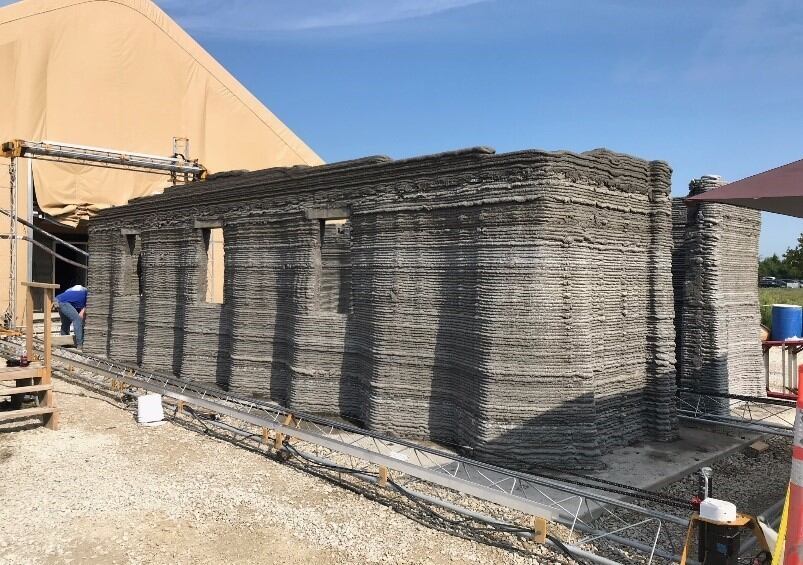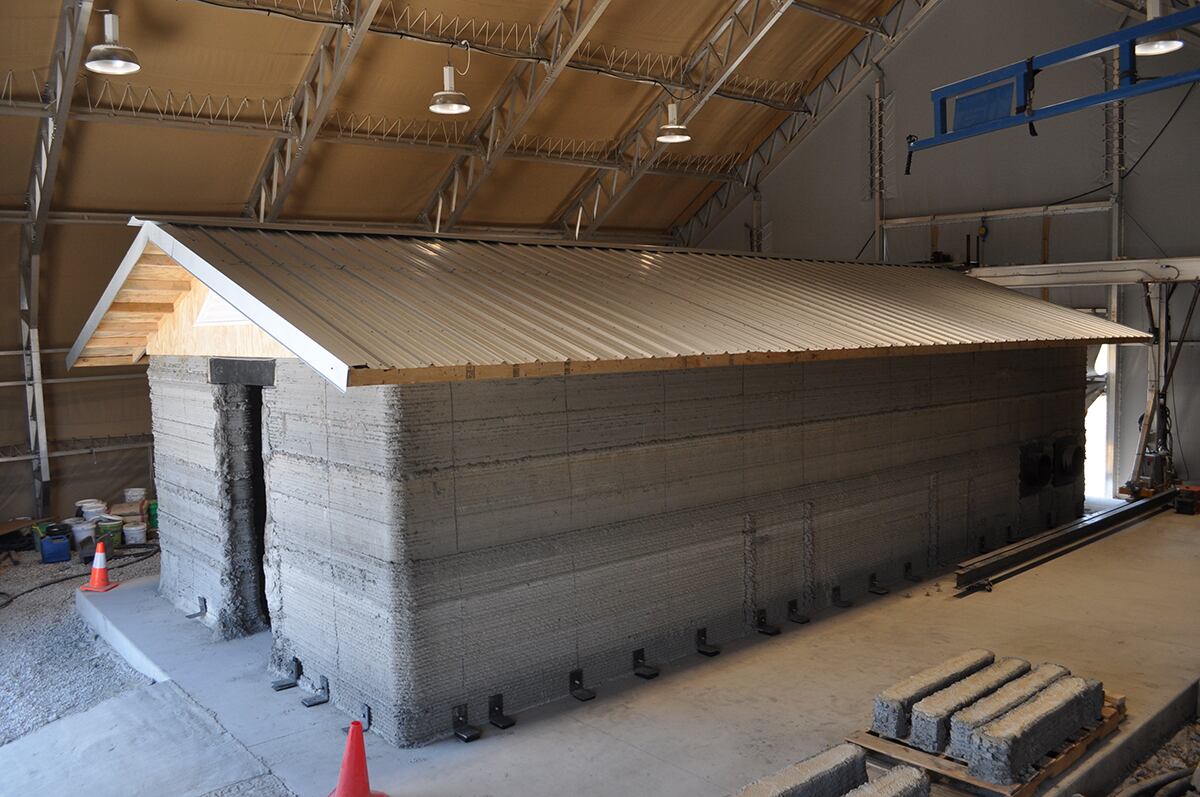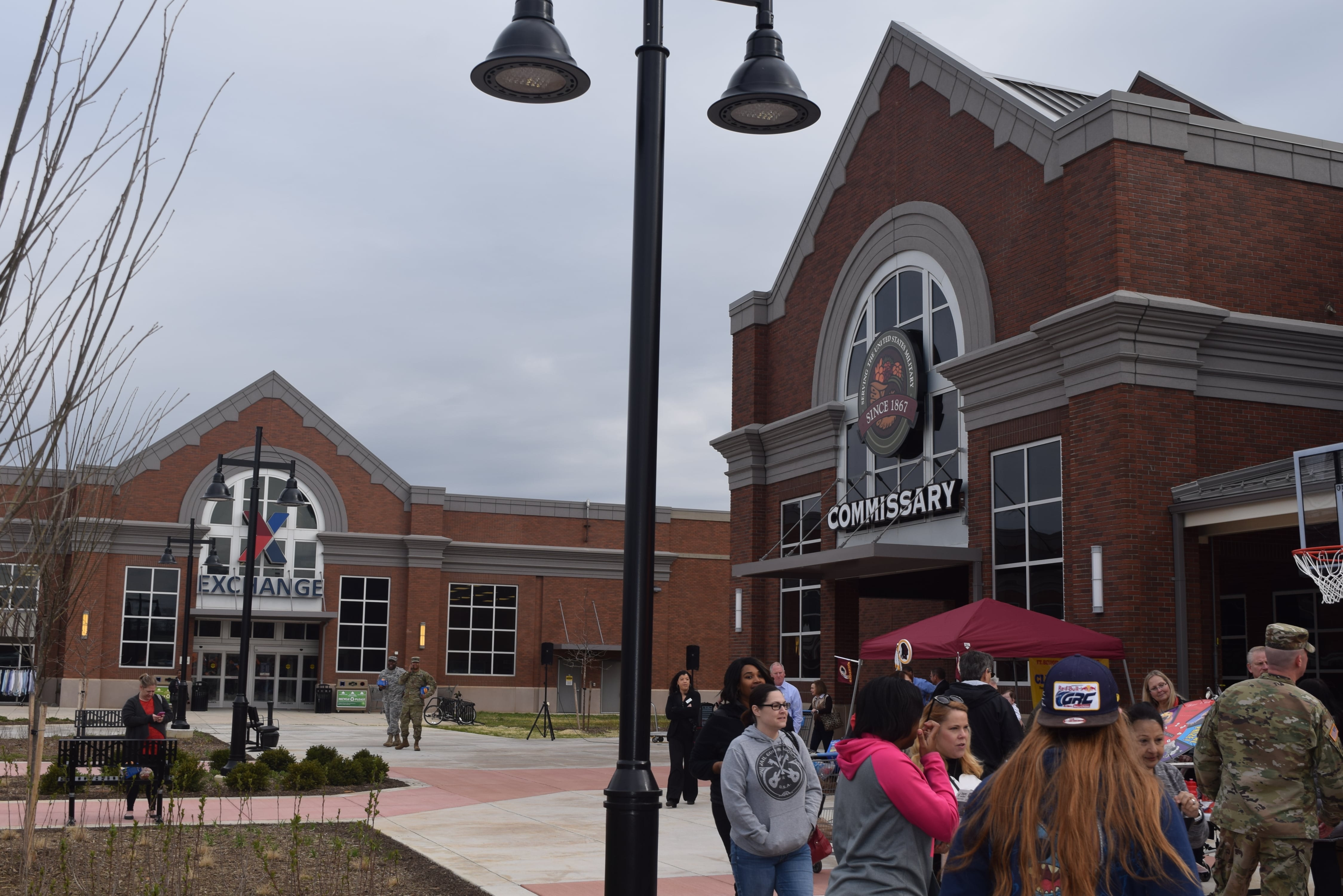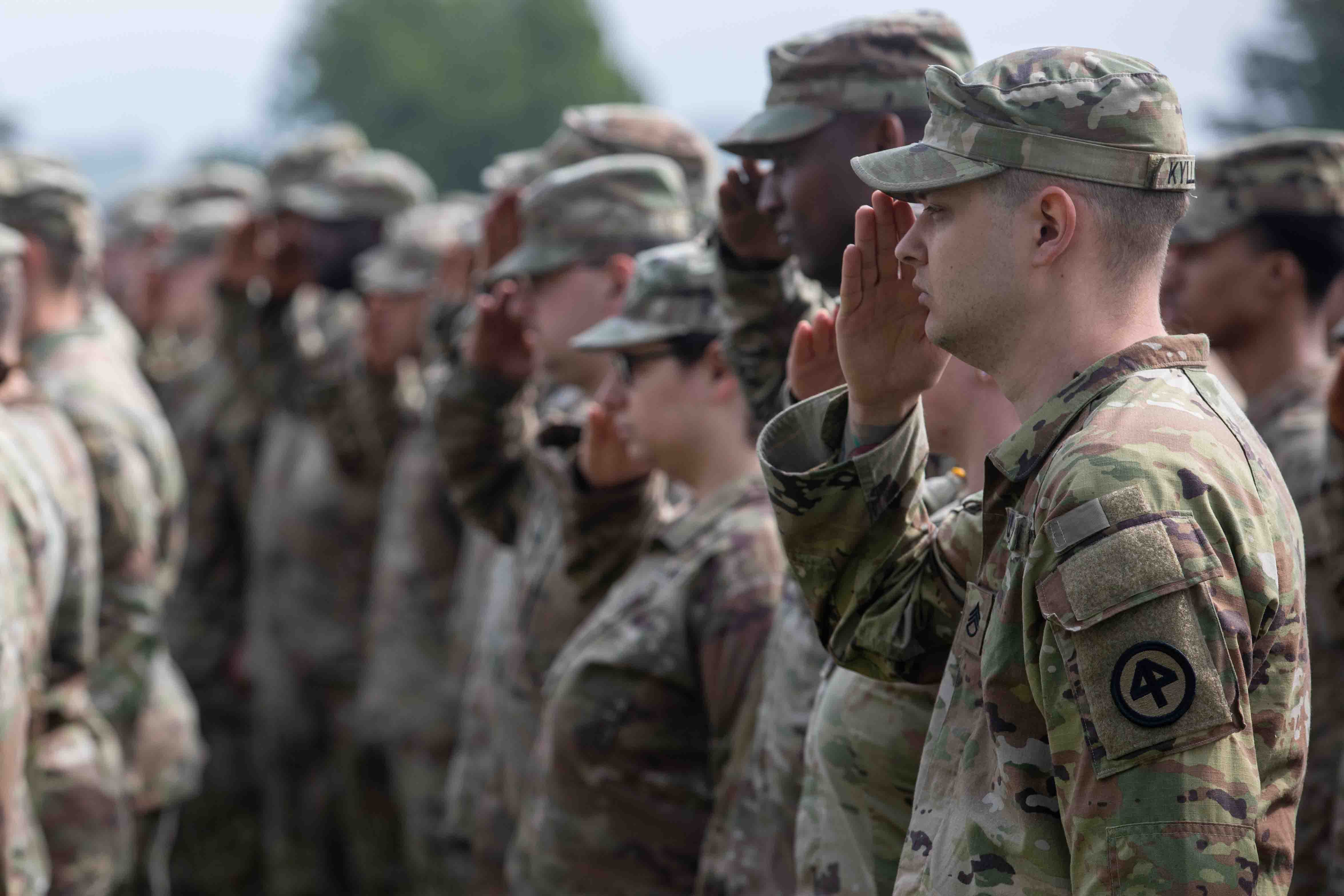The Additive Manufacturing Team at Marine Corps Systems Command and Marines from the I Marine Expeditionary Force operated the world’s largest concrete 3D printer at the U.S. Army Engineer Research and Development Center in Champaign, Illinois, according to the Marine Corps.
The combined force effort was used to 3D print a 500-square-foot barracks hut.
“This exercise had never been done before," Additive Manufacturing’s project officer Capt. Matthew Friedell said in a news release. "People have printed buildings and large structures, but they haven’t done it onsite and all at once. This is the first-in-the-world, onsite continuous concrete print.”

According to the Marine Corps, the team used a design model on an old computer, concrete and a 3D printer. The concrete was then put through the 3D printer. It took approximately 40 hours to complete the barracks hut.
Friedell said that, “if there was a robot to do the mixing and pumping, the building could easily be created in one day.”
RELATED

According to estimates by the Marines, it normally takes up to five days and 10 Marines to construct a barracks room out of wood.
“In 2016, the commandant said robots should be doing everything that is dull, dangerous and dirty, and a construction site on the battlefield is all of those things,” Friedell said in the release.
The Marines are commonly the first to respond to communities that have experienced a natural or humanitarian disaster.
“This capability would enable a great partnership with the local community because it is low cost, easy to use, and robotics could print the buildings,” Friedell said in the news release.
Neil is a former US Army Captain and served operational deployments in South Korea and Afghanistan. He is currently an Editorial Fellow at the Military Times.





